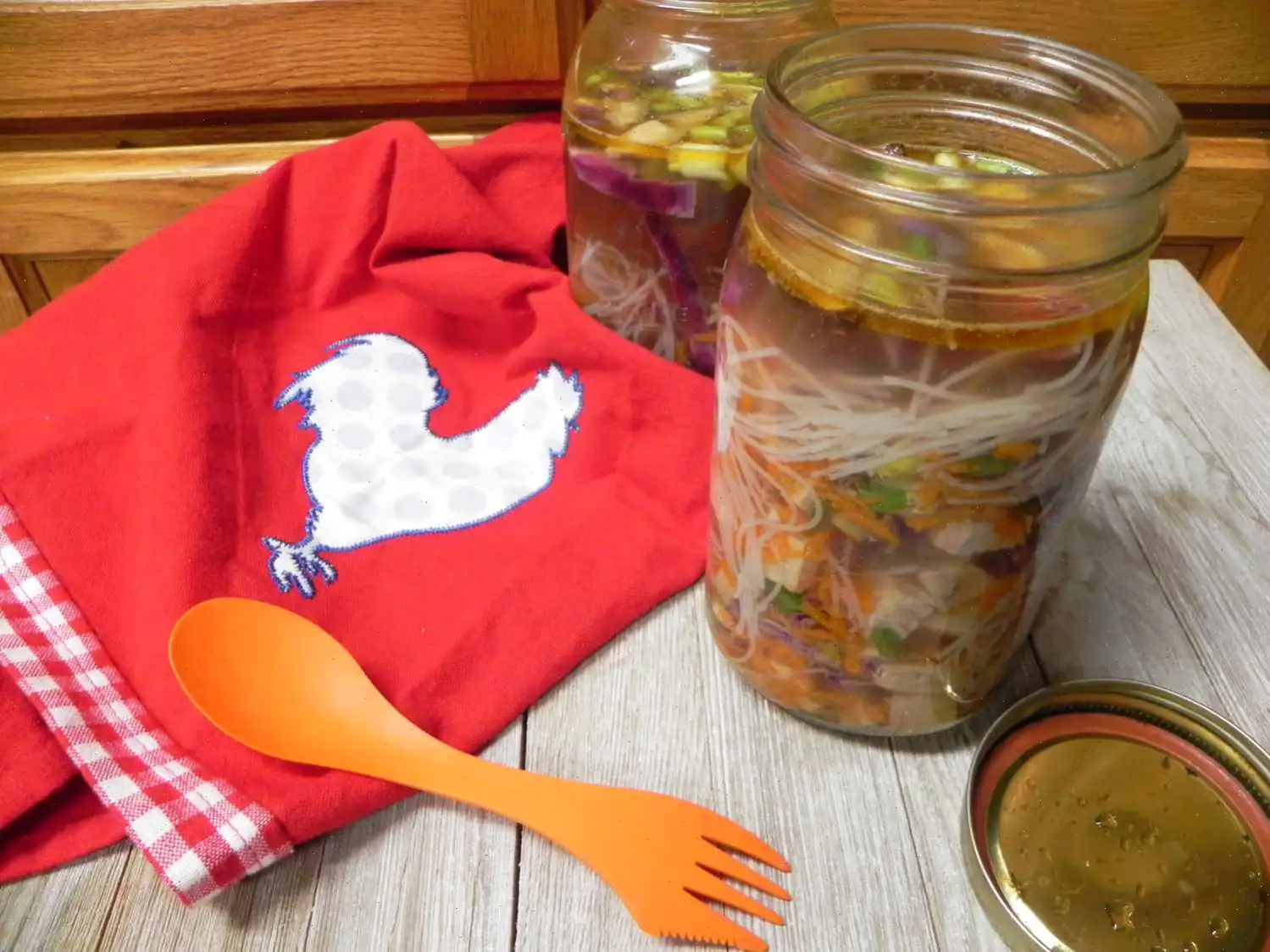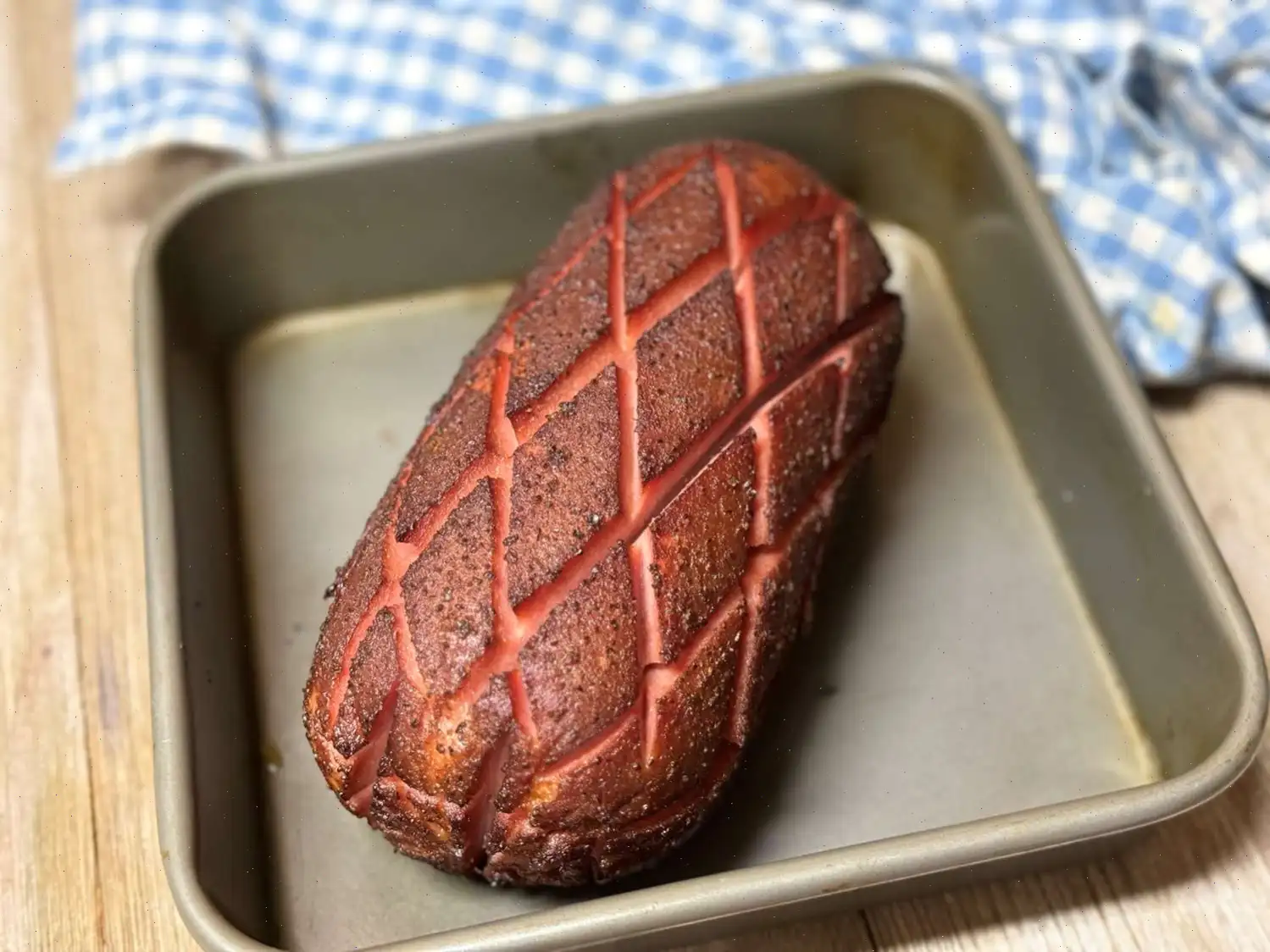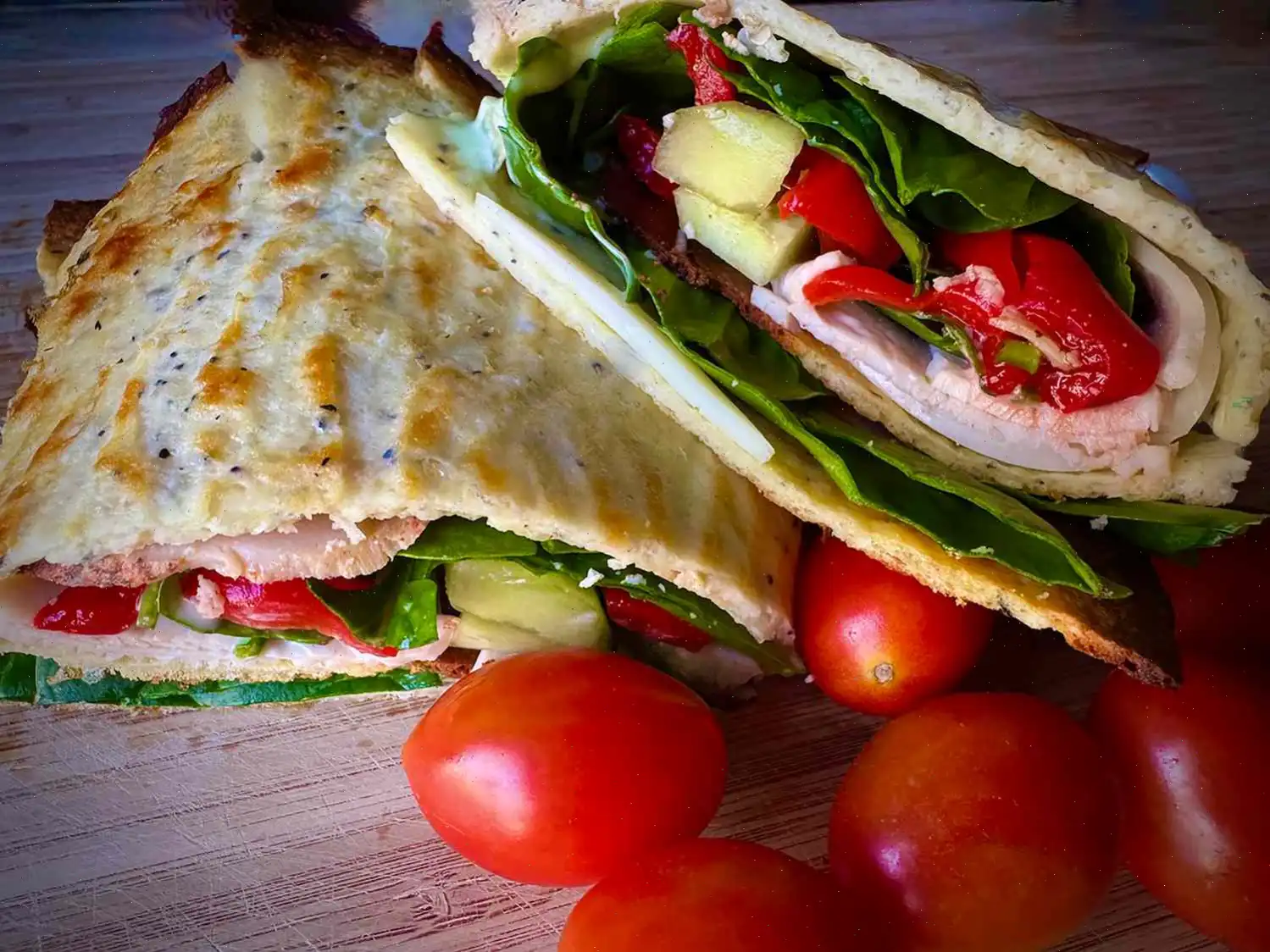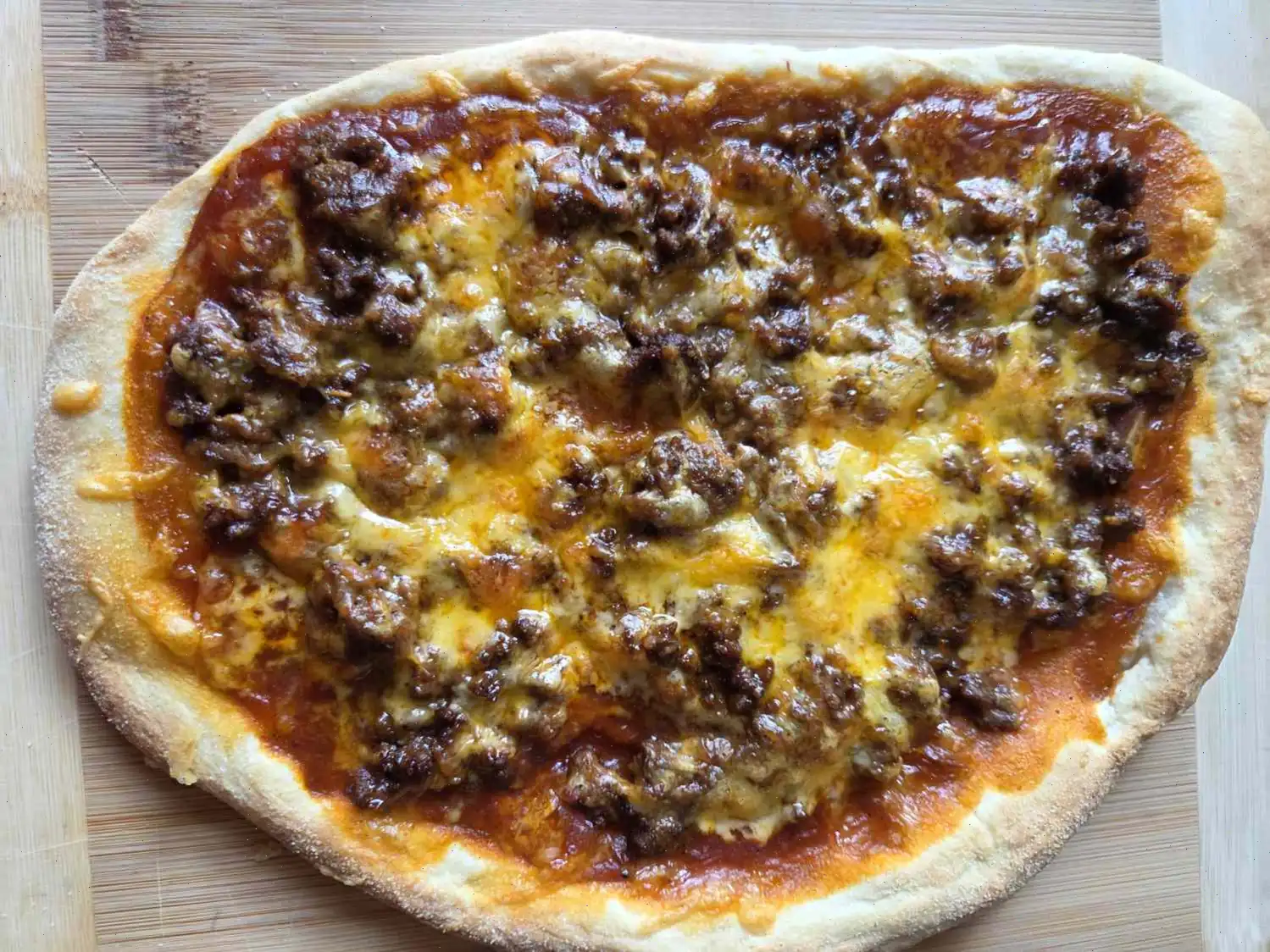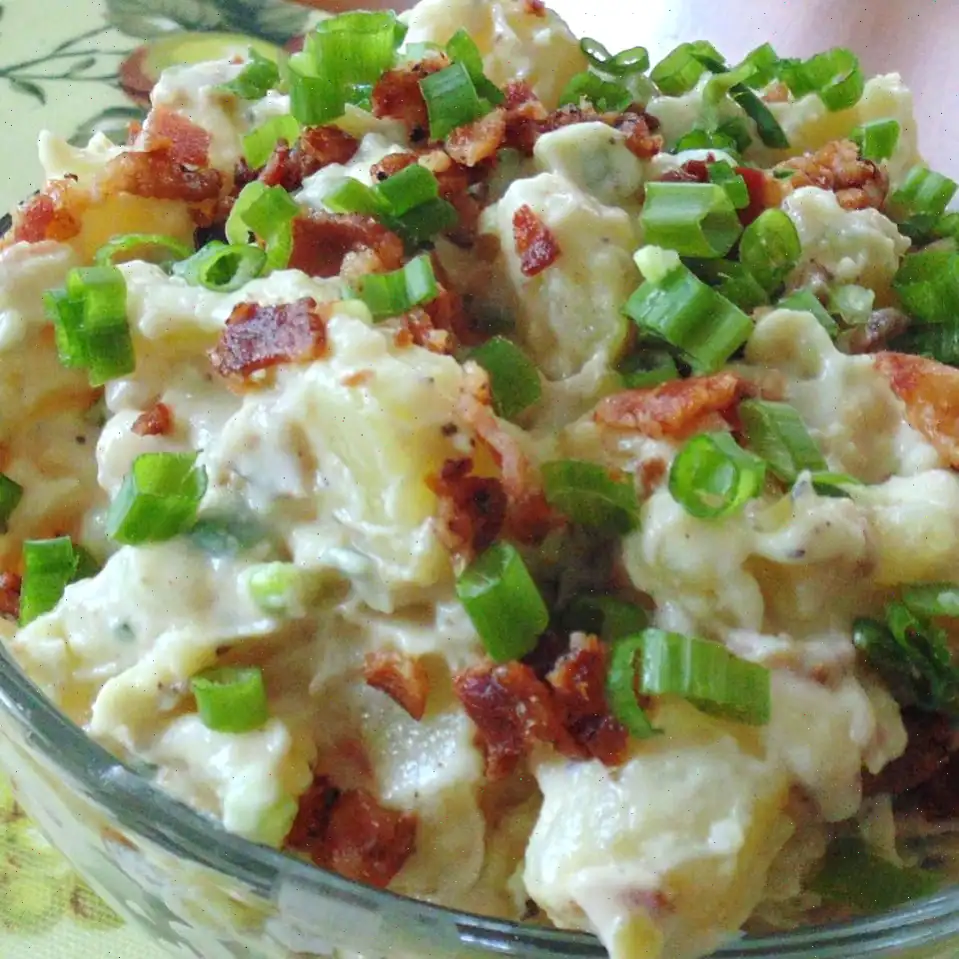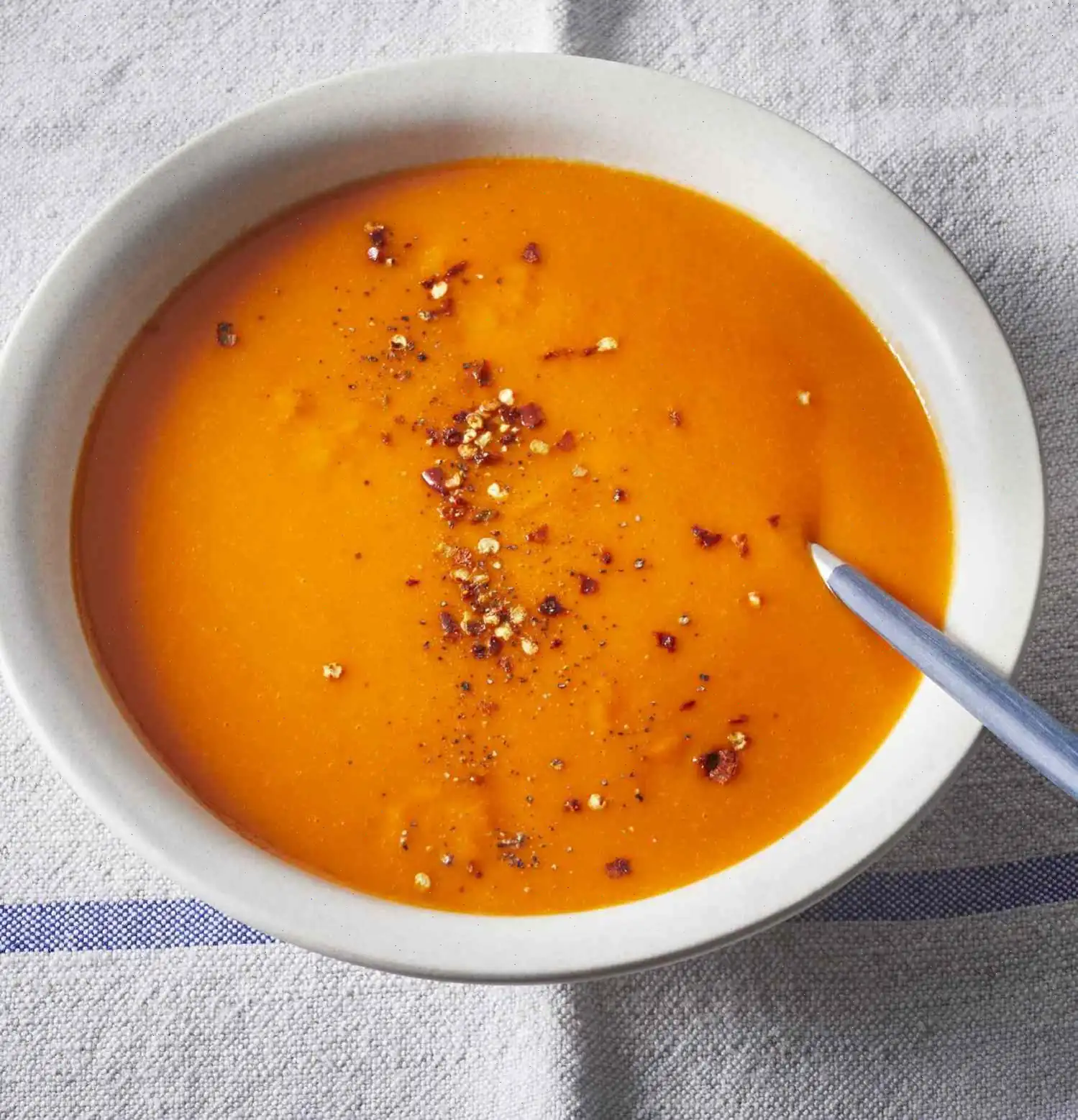
Mason Jar Instant Noodles Recipe
Ingredients
- 1 (32 ounce) large mouth mason jar with lid
- 1/2 cup cubed cooked chicken
- 2 baby carrots, shredded
- 1/4 cup chopped cabbage
- 2 dried shiitake mushrooms, chopped
- 1 green onion, chopped
- 1 teaspoon sesame oil
- 1 teaspoon soy sauce
- 1/2 teaspoon Sriracha sauce
- 2 ounces thin rice noodles, broken up
- 1 teaspoon chicken bouillon cube
- 2 1/2 cups boiling water
Directions
Step 1: Start by placing the cubed chicken at the bottom of the mason jar.
Step 2: Add the shredded carrots, chopped cabbage, dried shiitake mushrooms, and chopped green onion on top of the chicken.
Step 3: Drizzle the sesame oil, soy sauce, and Sriracha sauce over the ingredients in the jar.
Step 4: Next, add the broken-up rice noodles into the jar.
Step 5: Crumble the chicken bouillon cube and sprinkle it over the noodles and vegetables.
Step 6: Seal the mason jar with its lid and refrigerate until ready to use.
Step 7: When ready to serve, pour 2 1/2 cups of boiling water into the mason jar.
Step 8: Screw the lid tightly onto the jar and let it sit for about 5 minutes to allow the ingredients to soften and blend.
Step 9: After 5 minutes, open the jar, stir everything thoroughly, and enjoy your homemade soup!
Nutrition Facts (per serving)
| Nutrition Information | Amount | % Daily Value |
|---|---|---|
| Calories | 334 | - |
| Total Fat | 14g | 18% |
| Saturated Fat | 3g | 16% |
| Cholesterol | 64mg | 21% |
| Sodium | 1021mg | 44% |
| Total Carbohydrate | 32g | 12% |
| Dietary Fiber | 6g | 22% |
| Total Sugars | 9g | - |
| Protein | 20g | 41% |
| Vitamin C | 22mg | 25% |
| Calcium | 104mg | 8% |
| Iron | 3mg | 18% |
| Potassium | 720mg | 15% |
* Percent Daily Values are based on a 2,000 calorie diet. Your daily values may be higher or lower depending on your calorie needs.
** Nutrient information is not available for all ingredients. Amount is based on available nutrient data.
The Origins of Mason Jar Instant Noodles
Mason Jar Instant Noodles are a modern twist on traditional Asian noodle soups. While instant noodles themselves were first invented in Japan in 1958 by Momofuku Ando, the concept of layering ingredients in a jar is a recent innovation born from the need for portable, convenient meals. This method allows the preparation of fresh ingredients ahead of time, making it easy to enjoy a hot, flavorful soup without compromising on nutrition or taste. The Mason jar, originally designed for home canning in the United States, provides a practical and visually appealing vessel for this dish.
Regional Variations
Although the recipe has global appeal, its roots are heavily influenced by East Asian cuisine. In Japan, ramen-style ingredients are common, while in Korea, variations often include kimchi or gochujang for a spicier flavor. Southeast Asian versions may incorporate lemongrass, coconut milk, or fish sauce, reflecting local tastes. The versatility of this recipe allows home cooks to experiment with regional vegetables, proteins, and seasonings, creating a customized experience that can be tailored to any palate.
Differences from Similar Dishes
Mason Jar Instant Noodles stand apart from traditional instant noodles and pre-packaged ramen in several ways. First, the ingredients are fresh rather than dehydrated, offering superior flavor and texture. Second, the jar method separates the noodles from the liquid until ready to eat, preventing sogginess and ensuring the noodles maintain their ideal bite. Unlike classic takeout soups, these jars are pre-portioned, easy to store, and can be refrigerated for several days without losing quality.
Common Serving Settings
These noodle jars are perfect for on-the-go meals, office lunches, and picnic settings. They are often enjoyed in casual environments where portability and convenience are valued, but they have also made appearances in trendy cafes and meal-prep services. Some restaurants even use the jar as a presentation tool, highlighting the layered ingredients for an appealing visual effect before the hot water is added.
Fun and Interesting Facts
- The Mason jar method of meal prep has gained popularity on social media for its aesthetic appeal and ease of preparation.
- Layering ingredients strategically in the jar helps control the cooking time, ensuring vegetables and proteins are cooked just right once hot water is added.
- This technique can reduce single-use packaging waste, as jars are reusable and environmentally friendly.
- Some chefs have created gourmet versions using seafood, specialty mushrooms, or homemade broths to elevate the simple instant noodle concept.


